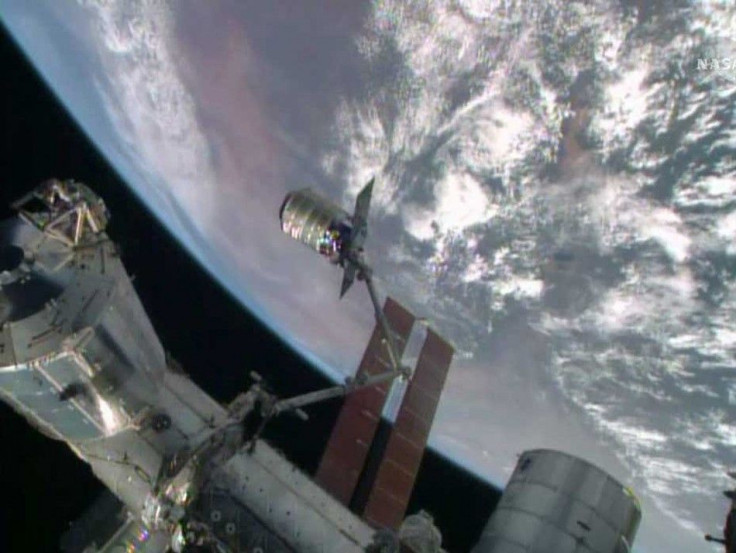NASA's Visually-Guided Robots Will Explore Volcanes On Space And On Earth

A robot has been developed by National Aerospace and Space Administration, a government agency based in the US that is dedicated to civilian space programmes, to explore volcanoes on both space and Earth. The visually-guided robot will help researchers to make a 3D map of a fissure, a linear vent in a volcano through which there is eruption of lava on the inactive Kilauea volcano in Hawaii, reported NDTV.
Dr Carolyn Parcheta, a postdoctoral graduate, works at the Jet Propulsion Laboratory in NASA. In May 2014, she worked on a robot known as the VolcanoBot 1 which was tested on the Kilauea volcano. It is a spin-off from an existing robot called the Durable Reconnaissance and Observation Platform, which is a prototype robotic platform that can climb into concrete curbs and stairs.
VolcanoBot 1 was able to get into two locations on the fissure at a depth of 82 feet. It was noted that the robot could have gone in deeper with the help of long tether but was unable to do so as in neither of the two descents did the robot reach the bottom. A VolcanoBot 2, which was a lighter and smaller version of the VolcanoBot 1, would be tested in early March at Kilauea.
Fissures on Earth and Mars are common physical features through which eruption of magma takes place. Parcheta said that it was true for the volcanoes which were previously active on the moon, Europa, Enceladus and Mercury as well. She explained that the mechanism of the eruption of volcanoes on the planetary bodies was unknown.
Parcheta and Aaron Parness, a robotics researcher at JPL as well as Parcheta's co-advisor, were looking at developing robots that can enter crevices where humans were unable to enter. This has helped gain new insights about various geological features. Parcheta said that the pair did not know how the eruption of volcanoes took place. She explained that they had models but were simplified. She said that the project was aimed at making the models more realistic.
Parcheta explained that to understand how eruptions should be predicted, it was important to understand how the magma came out of the ground. She pointed out that this was the first time that they had been able to measure the magma directly from the inside with a centimeter-scale accuracy.
Contact the writer: afza.kandrikar@gmail.com




















